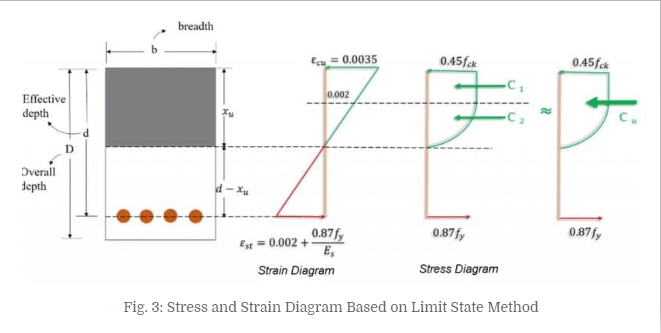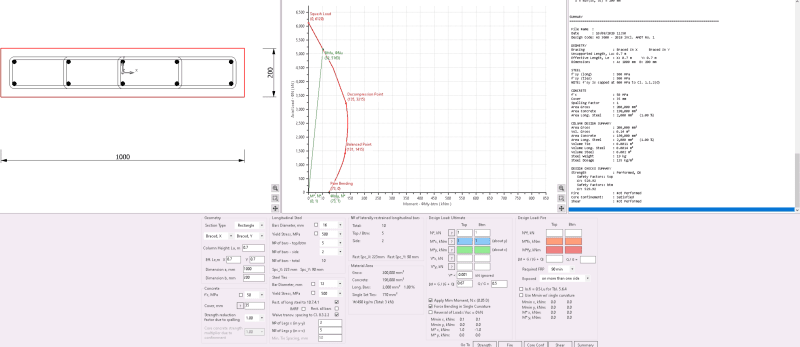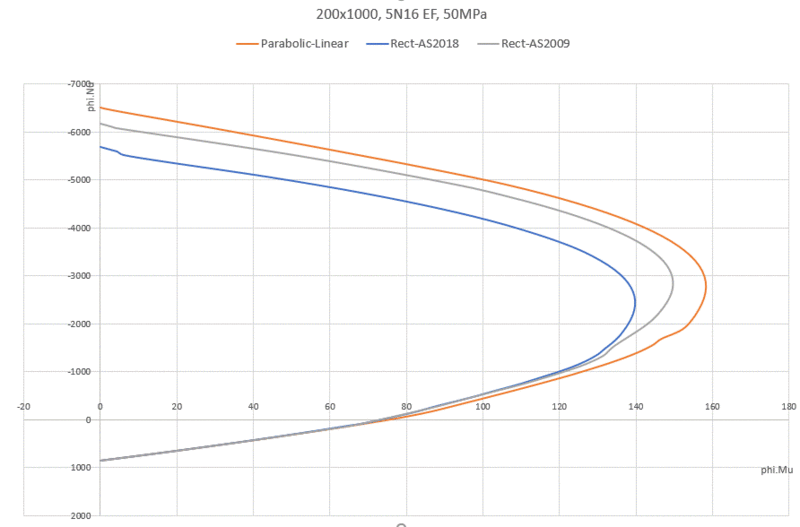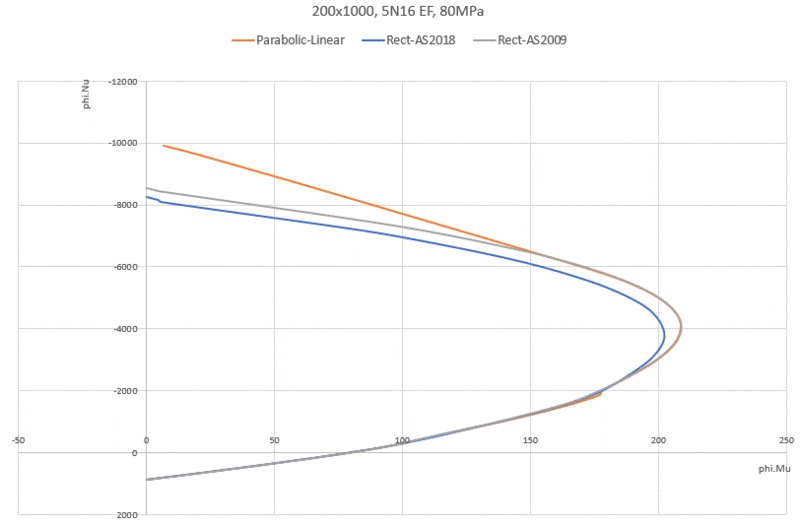Hi all,
Has anyone used INDUCTA RCC for column design recently (with the AS3600:2018 code incorporated)? I have currently run a few column designs using it and noticed that the decompression point calculation is wrong. Now I just want to confirm if it is actually wrong or if I am missing something. I have compared it to a hand calculation that I performed and to the calculation performed by structural toolkit both cases the results did not match. I would like to know if i should abandon the application.
Thanks!
Has anyone used INDUCTA RCC for column design recently (with the AS3600:2018 code incorporated)? I have currently run a few column designs using it and noticed that the decompression point calculation is wrong. Now I just want to confirm if it is actually wrong or if I am missing something. I have compared it to a hand calculation that I performed and to the calculation performed by structural toolkit both cases the results did not match. I would like to know if i should abandon the application.
Thanks!




